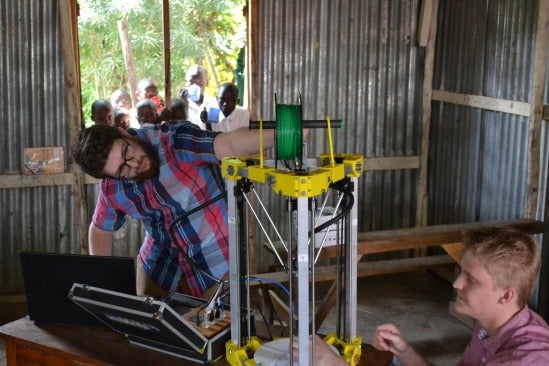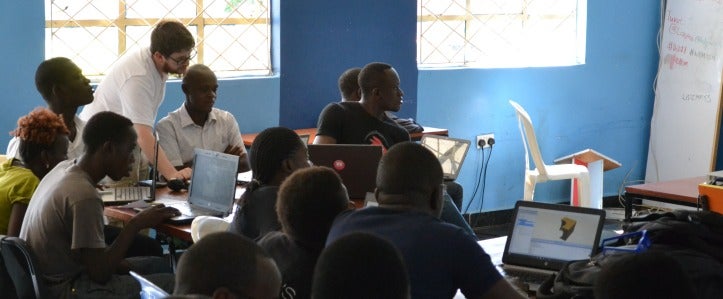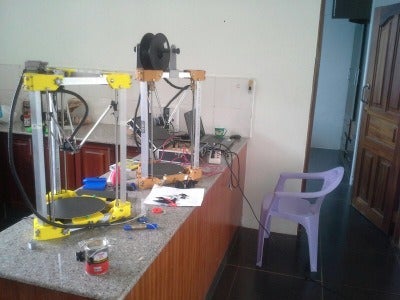
Contributing healthcare facilities to those in need, a US medtech is developing a cloud-based system to enable medical professionals based in rural areas of Kenya to better access treatment through using 3D printing to create medical devices.
Developed in the Penn State College of Engineering, the medtech start-up Kijenzi – a Swahili word meaning “little maker” – is also working to establish an entrepreneurial infrastructure by arranging a course to train people across Kenya on how to make a living using its 3D printers.
Dr John K Gershenson, co-founder of Kijenzi and director of the Penn State Humanitarian Engineering and Social Entrepreneurship (HESE) programme said: “We are excited to begin the Kijenzi ‘train the trainers’ programme.
“Working in concert with county governments and their technical schools, we are developing a curriculum to train operators how to use, maintain and earn a living with 3D printers.
“We have already piloted the programme, but we will teach the first official ‘train the trainers’ programme in Kisumu county beginning in May.
“Printer operators will have access to a wide variety of parts to make for every day customers, the ability to work with Kijenzi in supplying hospitals and access to low-cost printer rentals.”
What are the common 3D printing medical devices in Kenya?

In an effort to address the humanitarian crises in Kenya with a long-term plan, 3D printing was identified as the most efficient strategy to supply devices that are difficult to obtain.
Dr Gershenson listed five 3D-printed medical devices that were in demand, those being: Occupational therapy devices, replacement parts for broken devices and equipment, anatomical models, custom-sized products and low volume consumable parts.
Within the last nine months, the Kijenzi team received more than 400 requests for parts from healthcare facilities in Kisumu, Kenya, but currently have a catalogue of just 30 parts.
Dr Gershenson said: “We receive requests from the hospitals through our request portal.
“Then we use a ‘triage’ method to determine if there is a good likelihood of being able to 3D-print the device and to design it so it adds value to the local healthcare system.
“If it passes through all of that, then we put engineers on it to bring it to the catalogue.
“We will double the catalogue in the next two months and then add in our worldwide designer portal (thanks to an exciting partner who will come on board soon) which should allow us to add 50-100 parts per month.”
The team plan to begin selling the parts towards the end of this year, however until then, the humanitarian start-up are cooperating with local government agencies as well as public and private hospitals to test the parts.
He added: “We will soon be opening up a worldwide portal to allow designers around the world to help.”

Dr Gershenson says Kijenzi is preparing to launch an initial programme in Kenya over May and July this year, consisting of the “train the trainers” course, a printer rental programme, a small set of printer operators and a well-proven catalogue of the 30 highest value products for hospitals.
He said: “From there we will expand the number of hospitals we supply, the number of printers in the field, the size of the catalogue and the capability of our design network.



